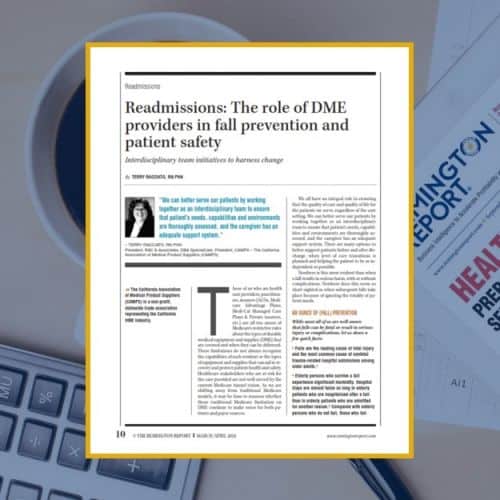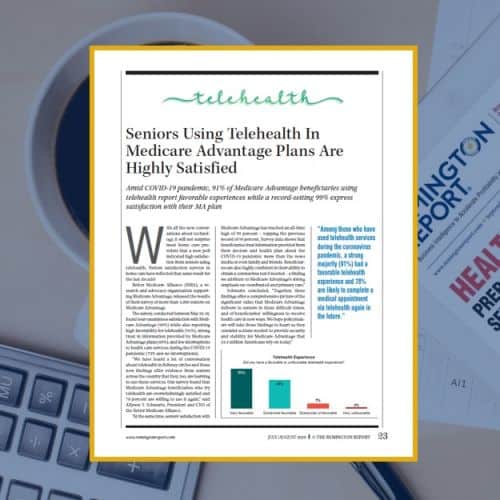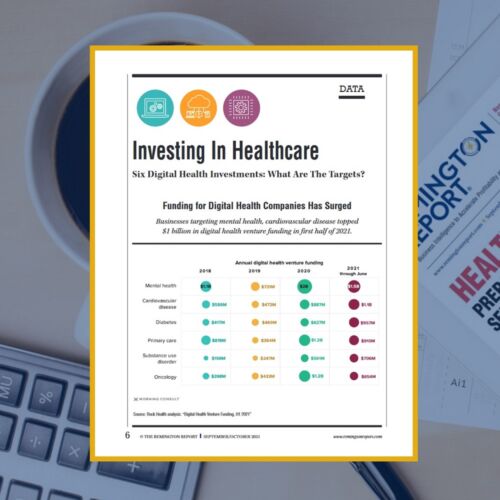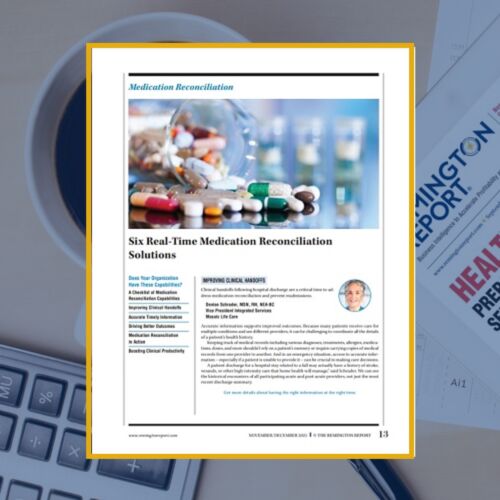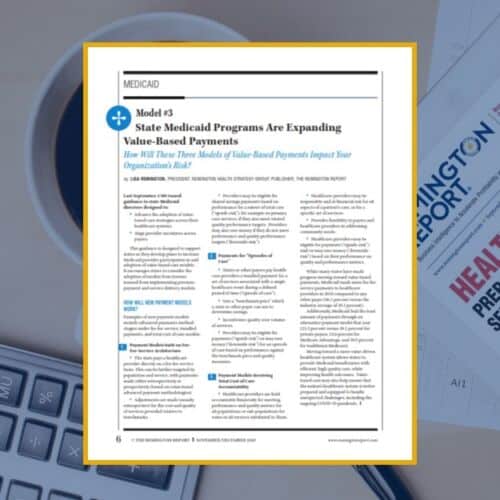-
 Of the 12 million Americans who qualify for both Medicare and Medicaid, 26% of hospitalizations were potentially avoidable. Total healthcare expenditures for this group exceed $300 billion a year, due in part to misaligned financial incentives between the two programs. This article is free to 1-Year Classic and 2-Year Premium subscribers.
Of the 12 million Americans who qualify for both Medicare and Medicaid, 26% of hospitalizations were potentially avoidable. Total healthcare expenditures for this group exceed $300 billion a year, due in part to misaligned financial incentives between the two programs. This article is free to 1-Year Classic and 2-Year Premium subscribers. -
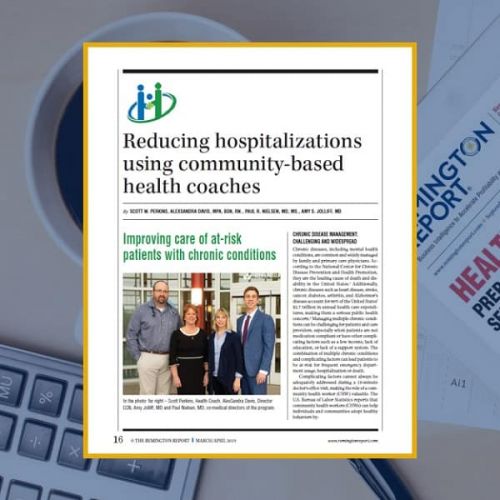 A recent study suggests health coaches could provide significant cost savings to patients and health systems, reduce patient hospitalizations and emergency department visits, improve patient health, and improve the quality of care for high-risk patient populations. This article is free to 1-Year Classic and 2-Year Premium subscribers.
A recent study suggests health coaches could provide significant cost savings to patients and health systems, reduce patient hospitalizations and emergency department visits, improve patient health, and improve the quality of care for high-risk patient populations. This article is free to 1-Year Classic and 2-Year Premium subscribers. -
 Beginning in 2021, several value-based payment models will begin the shift from fee-for-service to value-based. Earmark this as the transformation of payment reform for care at home providers and how they will be paid in the future. This article is free to 1-Year Classic and 2-Year Premium subscribers.
Beginning in 2021, several value-based payment models will begin the shift from fee-for-service to value-based. Earmark this as the transformation of payment reform for care at home providers and how they will be paid in the future. This article is free to 1-Year Classic and 2-Year Premium subscribers. -
 Your referral partners increasingly expect robust communications to make patient transfers as seamless as possible, for both the patient and providers. They will have to make a choice. Ultimately, they will look for relationships with organizations that are easy to work with and that can deliver proven quality care. We provide insights and strategies from high-performing organizations. This article is free to 1-Year Classic and 2-Year Premium subscribers.
Your referral partners increasingly expect robust communications to make patient transfers as seamless as possible, for both the patient and providers. They will have to make a choice. Ultimately, they will look for relationships with organizations that are easy to work with and that can deliver proven quality care. We provide insights and strategies from high-performing organizations. This article is free to 1-Year Classic and 2-Year Premium subscribers. -
 In this new normal, it’s important to understand how your referral sources work, what they are sending to you versus the competition, how to deepen relationships with these sources, and what differentiates you as a provider in the marketplace. This article is free to 1-Year Classic and 2-Year Premium subscribers.
In this new normal, it’s important to understand how your referral sources work, what they are sending to you versus the competition, how to deepen relationships with these sources, and what differentiates you as a provider in the marketplace. This article is free to 1-Year Classic and 2-Year Premium subscribers. -
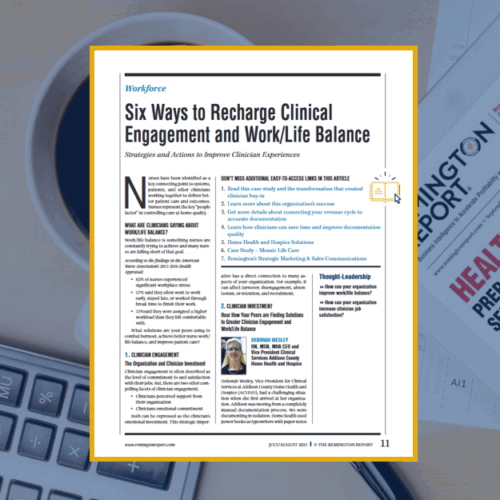 Strategies and actions to improve clinician experiences. Work/life balance is something nurses are constantly trying to achieve, and many nurses are falling short of that goal. What solutions are your peers using to combat burnout, achieve better nurse work/life balance, and improve patient care? This article is free to 1-Year Classic and 2-Year Premium subscribers.
Strategies and actions to improve clinician experiences. Work/life balance is something nurses are constantly trying to achieve, and many nurses are falling short of that goal. What solutions are your peers using to combat burnout, achieve better nurse work/life balance, and improve patient care? This article is free to 1-Year Classic and 2-Year Premium subscribers. -
 Telehealth is predicted to be the next big investment for seniors aging in place. The number of seniors requiring additional caregiving and support due to chronic disease will increase from about 14 percent of the senior population in 2010 to 21 percent by 2050, putting the pressure on healthcare providers to improve caregiving platforms. This article is free to 1-Year Classic and 2-Year Premium subscribers.
Telehealth is predicted to be the next big investment for seniors aging in place. The number of seniors requiring additional caregiving and support due to chronic disease will increase from about 14 percent of the senior population in 2010 to 21 percent by 2050, putting the pressure on healthcare providers to improve caregiving platforms. This article is free to 1-Year Classic and 2-Year Premium subscribers.
